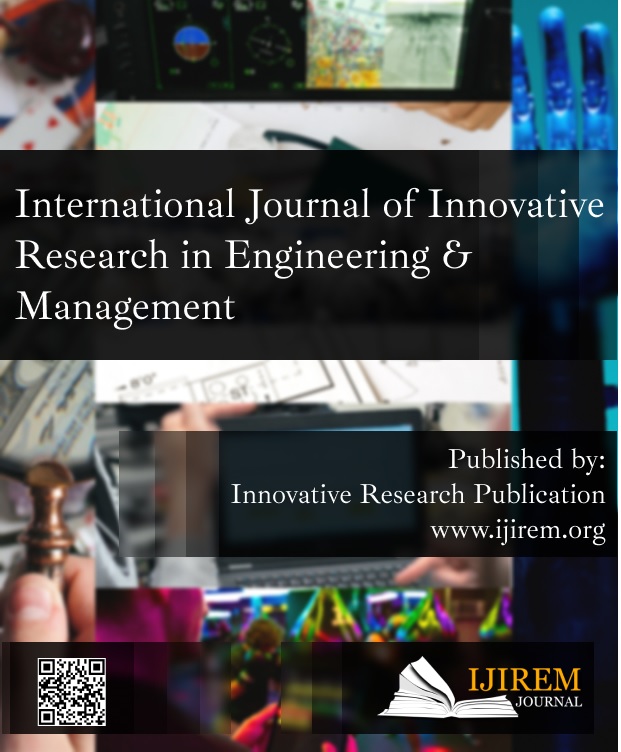India's Political Economy of Foreign Aid for Education
Keywords:
Economy, Education, Foreign Aid, Indian Education, Sarva Siksha Abhiyan, World Bank AidAbstract
In many nations, the topic of development assistance has been contentious for a variety of reasons. In the increasingly worldwide globe of the twenty-first decade, controlled by marked factors, the age of moral vision in worldwide relations had gone; help may become more important in the more global will of the 21st era, controlled by indicated issues contentious while also assuming greater significance. One of the main reasons for its current importance is that, around the turn of the century, nearly all developing nations across the globe were in the midst of structural adjustment, with loans from the World Bank and the International Monetary Fund (IMF). As the tide of globalization increases, conflicts between national interests and global interests grow more strong and severe, making it more contentious. In emerging nations like India, external assistance to education becomes a more complex issue, as an auxiliary to structural adjustment operations that emphasize that ‘society can no longer sustain social democracy, therefore costly social and education programs must be reduced.' More loan programs, such as social safety net programs, have been established, including more particularly education initiatives with outside help.
Downloads
References
A. Riddell and M. Niño-Zarazúa, “The effectiveness of foreign aid to education: What can be learned?,” Int. J. Educ. Dev., 2016, doi: 10.1016/j.ijedudev.2015.11.013.
J. Rai, R. C. Tripathi, and N. Gulati, “A comparative study of implementing innovation in education sector due to COVID 19,” 2020, doi: 10.1109/SMART50582.2020.9337148.
“Does Foreign Aid In Education Promote Economic Growth? Evidence From Sub-Saharan Africa,” J. African Dev., 2014. [4] M. M. Gupta, S. Jankie, S. S. Pancholi, D. Talukdar, P. K. Sahu, and B. Sa, “Asynchronous environment assessment: A pertinent option for medical and allied health profession education during the covid-19 pandemic,” Education Sciences. 2020, doi: 10.3390/educsci10120352.
S. Shukla, A. Lakhmani, and A. K. Agarwal, “A review on integrating ICT based education system in rural areas in India,” 2017, doi: 10.1109/SYSMART.2016.7894531.
M. MASOOD ANWAR, G. YAHYA KHAN, and S. JAVAID IQBAL KHAN, “The Impact of Foreign Aid on Education in Pakistan,” J. Educ. Black Sea Reg., 2018, doi: 10.31578/jebs.v3i1.122.
J. P. Azam and V. Thelen, “The roles of foreign aid and education in the war on terror,” Public Choice, 2008, doi: 10.1007/s11127-007-9268-4.
E. Asiedu and B. Nandwa, “On the impact of foreign aid in education on growth: How relevant is the heterogeneity of aid flows and the heterogeneity of aid recipients?,” Rev. World Econ., 2007, doi: 10.1007/s10290-007-0125-9.
S. Sharma, V. Vijayaraghavan, P. Tandon, D. R. V. Kumar, H. Sharma, and Y. Rao, “Dental education: Current scenario and future trends,” J. Contemp. Dent. Pract., 2012, doi: 10.5005/jp journals-10024-1103.
M. Ali Kemal and A. Jilani, “Impact of foreign aid in education on educational outcomes,” PIDE Work. Pap., 2016. [11] J. P. Azam and V. Thelen, “Foreign aid versus military intervention in the war on terror,” J. Conflict Resolut., 2010, doi: 10.1177/0022002709356051.
M. Dadhich, M. S. Pahwa, V. Jain, and R. Doshi, “Predictive Models for Stock Market Index Using Stochastic Time Series ARIMA Modeling in Emerging Economy,” 2021, doi: 10.1007/978-981-16-0942-8_26.
J. B. G. Tilak, “Foreign aid for education,” Int. Rev. Educ., 1988, doi: 10.1007/BF00598219.
S. K. Mangla et al., “A framework to assess the challenges to food safety initiatives in an emerging economy,” J. Clean. Prod., 2021, doi: 10.1016/j.jclepro.2020.124709.
M. Anwar and S. Aman, “Aid Effectiveness in the Education Sector of Pakistan,” Pakistan J. Soc. Sci., 2010.
M. Ward, “Aid to education: The case of sarva shiksha abhiyan in india and the role of development partners,” J. Educ. Policy, 2011, doi: 10.1080/02680939.2011.555001.
